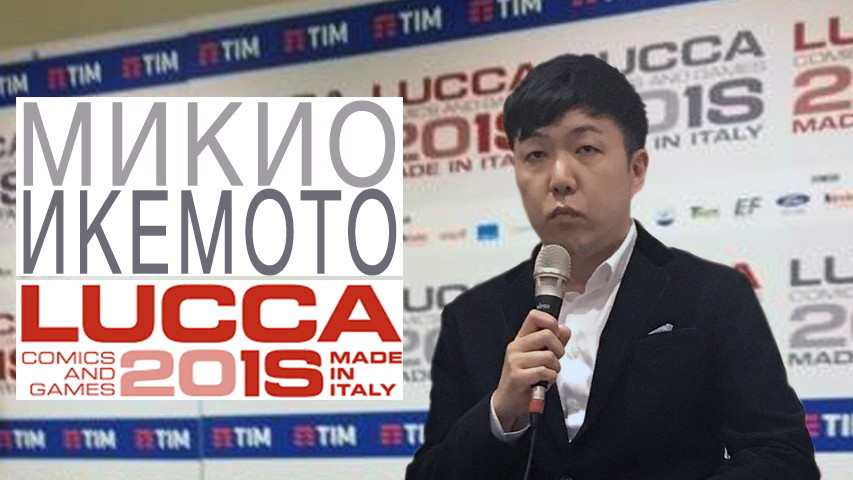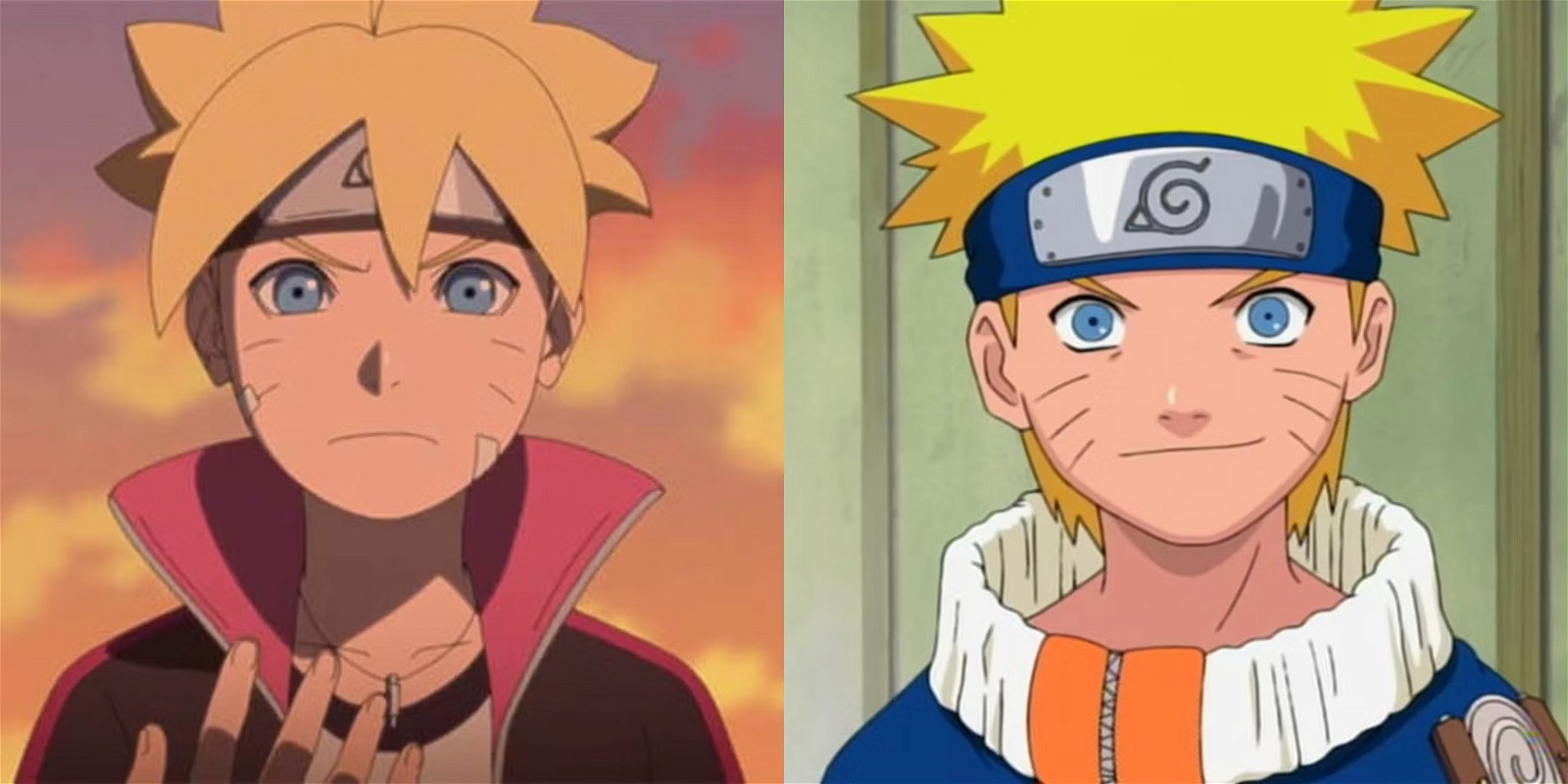Boruto is a vital addition to the Naruto franchise, starting in May 2016 as Boruto: Naruto Next Generations. Ukyō Kodachi initially wrote it, with Masashi Kishimoto as the editorial supervisor in Weekly Shōnen Jump. In November 2020, Kodachi stepped down, and Kishimoto assumed the role of the writer.
Kishimoto’s return to Boruto marked a pivotal moment, infusing the series with a new direction and fresh perspectives. In April 2023, the first part of Boruto’s journey concluded, offering fans an exciting ending to that arc. After a short break, the series made a much-anticipated return in August of the same year with Boruto: Two Blue Vortex.

Boruto serves as both a spin-off and a sequel to Masashi Kishimoto’s iconic Naruto series. It follows the adventures of Naruto Uzumaki’s son, Boruto Uzumaki, and his ninja team. It’s worth noting that while Boruto is a part of the Naruto world, it also draws inspiration from other influential anime.
Mikio Ikemoto, the illustrator of Boruto, mentioned that his art was influenced not only by Naruto but also by another legendary anime that has generated over $24 billion since its launch. It would be interesting to know which specific anime he was referring to.
Mikio Ikemoto’s Artistic Influence Beyond Naruto

In an interview conducted by Anime News Network, Boruto’s illustrator Mikio Ikemoto was asked about his favorite manga besides Naruto that had influenced his art. He replied:
I really like Kinnikuman. As for what influenced me a lot, I would say Dragon Ball. Akira Toriyama has a tendency not to use tones in his art. That makes it easier to draw.
Ikemoto mentioned that in addition to being influenced by Naruto, his artistic style was also shaped by Kinnikuman and notably Dragon Ball. He highlighted that Akira Toriyama‘s art, characterized by its absence of shading or tone, simplifies the drawing process. Furthermore, Ikemoto noted that he continues to use Dragon Ball as a reference for crafting action scenes in his own work.

The dynamic action sequences and character designs in Dragon Ball have long been celebrated in the world of manga and anime, and it’s clear that this series continues to be a valuable source of inspiration for artists like Ikemoto, contributing to the visual appeal and excitement of series like Boruto.
Mikio Ikemoto’s Challenges with Boruto’s Character Design
In the interview, Mikio Ikemoto shared his favorite character to draw and the challenges he faces with that character. Ikemoto mentioned that:
“Well, Boruto‘s a relatively hard character to draw…,” He said. “There are a lot of things I have to think about, like his facial features and expressions. His design is intricate. With other characters I don’t have to think that hard about such things while drawing them, but if I don’t do that with Boruto, it gets harder to distinguish him from Naruto.”

Ikemoto also explained that while Boruto physically resembles his young father Naruto, there are significant differences. Boruto is determined to establish his own identity and not live in his father’s shadow.
This determination is evident in his clothing and style choices, which are distinct from Naruto’s. These differences in character development and design help set Boruto apart, adding depth to the series and highlighting his desire to forge his own path.
Also Read: Naruto Fans Were So Fed Up of Boruto’s Sarada Timeskip Design They Re-did it – And Did it Better
Source: Anime News Network







